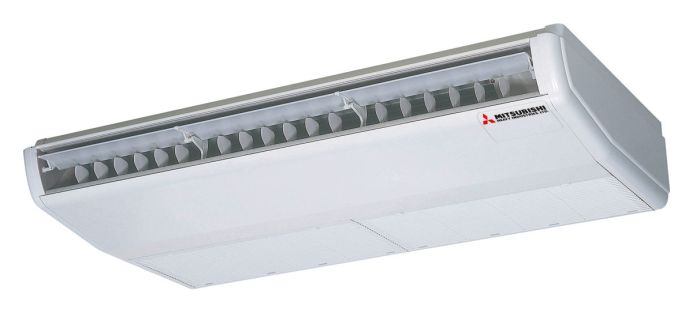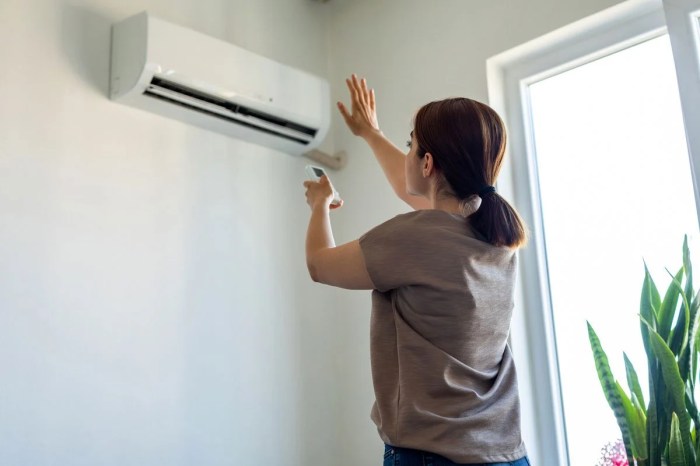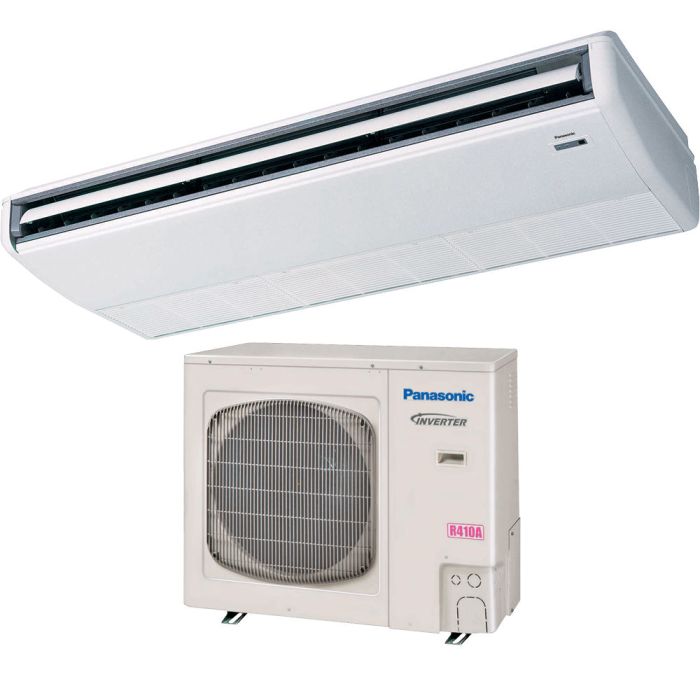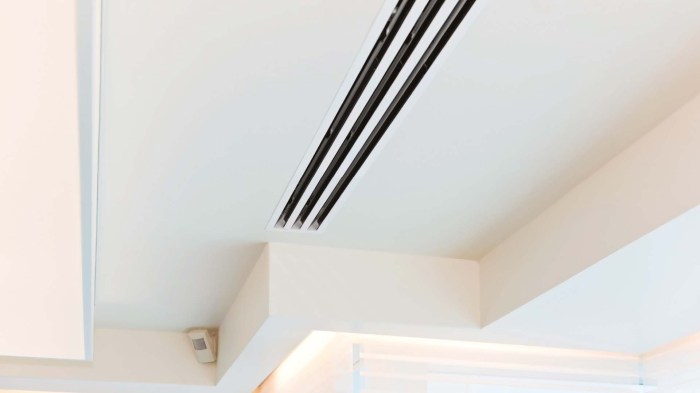Self contained ceiling mounted air conditioners have emerged as a game-changer in the realm of climate control, offering unparalleled convenience and efficiency. This comprehensive guide delves into the intricacies of these innovative units, exploring their operation, types, installation, maintenance, applications, and market trends.
As we navigate the ever-evolving landscape of HVAC technology, understanding the nuances of self contained ceiling mounted air conditioners becomes imperative. This guide serves as an authoritative resource, providing a comprehensive overview of these units and empowering readers to make informed decisions.
1. Overview of Self-Contained Ceiling Mounted Air Conditioners

Self-contained ceiling mounted air conditioners are compact units that combine an air conditioning system with a self-contained refrigeration circuit. They are designed to be installed directly on the ceiling, providing efficient and unobtrusive cooling for a variety of spaces.
These units typically consist of an indoor unit that houses the evaporator coil, fan, and controls, and an outdoor unit that contains the condenser coil and compressor. Refrigerant flows between the indoor and outdoor units, absorbing heat from the indoor space and releasing it outside.
2. Types and Features of Self-Contained Ceiling Mounted Air Conditioners
Types
- Capacity:Units are available in a range of capacities, measured in British Thermal Units (BTUs), to suit different room sizes.
- Efficiency:Models vary in energy efficiency, with higher Seasonal Energy Efficiency Ratio (SEER) ratings indicating greater energy savings.
Features
- Remote control:Allows users to adjust settings and modes from a distance.
- Air purification:Some units incorporate air purification systems to improve indoor air quality.
- Energy-saving modes:Features such as sleep mode and timer functions help reduce energy consumption.
3. Installation and Maintenance of Self-Contained Ceiling Mounted Air Conditioners

Installation, Self contained ceiling mounted air conditioners
- Mount the indoor unit on the ceiling, ensuring proper alignment and support.
- Connect the refrigerant lines, electrical wiring, and drain hose.
- Install the outdoor unit on a stable base and connect the refrigerant lines.
- Charge the system with refrigerant and test for proper operation.
Maintenance
- Clean the air filters regularly to prevent airflow obstruction.
- Check and clean the condenser coils periodically to maintain efficiency.
- Have the unit inspected by a qualified technician annually to ensure optimal performance.
4. Advantages and Disadvantages of Self-Contained Ceiling Mounted Air Conditioners
| Advantages | Disadvantages |
|---|---|
| Space-saving | Higher cost compared to wall-mounted units |
| Unobtrusive design | Limited airflow reach |
| Energy-efficient options available | Professional installation required |
| Quiet operation | Can be more difficult to access for maintenance |
5. Applications and Use Cases of Self-Contained Ceiling Mounted Air Conditioners: Self Contained Ceiling Mounted Air Conditioners
- Residential:Bedrooms, living rooms, and home offices.
- Commercial:Offices, retail stores, and restaurants.
- Industrial:Warehouses, factories, and workshops.
Specific Use Cases
- Limited space:Ideal for areas where floor or wall space is limited.
- Discreet cooling:Suitable for spaces where aesthetics are important, such as art galleries and museums.
- Noise reduction:Units with low noise levels are suitable for quiet environments like libraries and hospitals.
6. Design Considerations for Self-Contained Ceiling Mounted Air Conditioners

Choosing the right unit for a specific space requires careful consideration of the following factors:
- Room size:The unit’s capacity should match the size of the room to ensure adequate cooling.
- Ceiling height:Units should be installed at a height that provides optimal airflow and temperature distribution.
- Insulation:The level of insulation in the space affects the cooling load and unit efficiency.
7. Market Trends and Future Developments of Self-Contained Ceiling Mounted Air Conditioners

Market Trends
- Increasing demand for energy-efficient models.
- Growing popularity in commercial and industrial applications.
Future Developments
- Smart technology:Integration with smart home systems for remote control and energy management.
- Improved efficiency:Development of new refrigerants and technologies to enhance energy efficiency.
- Noise reduction:Ongoing research to minimize noise levels for quieter operation.
Query Resolution
What are the advantages of self contained ceiling mounted air conditioners?
Self contained ceiling mounted air conditioners offer numerous advantages, including energy efficiency, space-saving design, improved air quality, and reduced noise levels.
How do self contained ceiling mounted air conditioners work?
These units operate by drawing warm air from the room and passing it over a cold coil, which removes heat and moisture. The cooled air is then distributed back into the room, creating a comfortable environment.
What are the different types of self contained ceiling mounted air conditioners?
Self contained ceiling mounted air conditioners come in various types, including cassette units, concealed units, and slim duct units. Each type has its own unique features and is suitable for different applications.